Decoding the H3 Error Code on Your Mini Split: A Homeowner’s Guide to Quick Resolution
Hey there, fellow homeowner! If you’ve got a mini split system keeping your home comfy, you know they’re a real gem for efficient heating and cooling without the fuss of ductwork. But every now and then, they might throw a curveball, like the pesky H3 error code. Don’t worry; I’ve seen it all in my 20 years as an HVAC tech. This code usually hints at overheating or a little miscommunication within the system. Ignoring it could spell trouble, so let’s nip it in the bud. In this guide, I’ll share some tried-and-true tips to help you tackle the H3 code like a pro. Let’s dive in!
What is the H3 Code on Mini Split Systems?
The H3 code is a handy little helper when it comes to diagnosing issues with your mini split system, especially if you’re having trouble with the heating. Think of it as the system’s way of waving a red flag to get your attention. This code usually points to a hiccup with the fan motor in the outdoor unit.
Now, in my two decades of tinkering with these systems, I’ve seen how manufacturers rely on the H3 code to help pinpoint problems. It’s like having a roadmap for troubleshooting. Understanding this code can make a world of difference in keeping your system running smoothly.
When you spot the H3 code, it’s your cue to jump into action. Addressing it quickly can save you a lot of headaches down the road and keep your mini split humming along nicely for years to come.
What is the H3 Code on Mini Split Systems?
The H3 code on mini split systems is like a red flag waving in the breeze, signaling that something’s amiss with your heating function. This error code is a handy little tool that manufacturers use to help us figure out what’s going wrong. When you see the H3 code pop up, it’s usually pointing its finger at the fan motor in the outdoor unit. Now, this fan motor is a pretty important player in keeping your heating running smoothly. If it’s not doing its job, you might find yourself shivering on a cold day.
Understanding this H3 code is like having a secret decoder ring for your mini split system. When it shows up, it’s a heads-up that your system isn’t performing at its best. Often, this is due to overheating or some mechanical hiccup. By catching the H3 code early, you can keep your system humming along nicely, save yourself some headaches, and keep your home comfy. Regular check-ups and a bit of TLC can help keep this code at bay, ensuring your system stays in tip-top shape.
Common Causes of the H3 Code
Understanding the reasons behind the H3 code on mini split systems can help you tackle these issues head-on. Let’s dive into some of the most common culprits and how you can address them.
Overheating and Faulty Heat Pump
When it comes to the H3 code, overheating is often the main suspect. This can happen when the external temperature Overload Protection Switch on the compressor decides it’s had enough and opens up. Why? Well, it might be due to a low refrigerant charge or the system working too hard because of restrictions. For more information on specific error codes, you might be interested in learning about what E5 means on a portable air conditioner. A faulty heat pump can also stir up trouble, triggering that pesky H3 code. It’s crucial to nip these issues in the bud to keep your system running smoothly.
Dirty Filters and Blocked Airflow
Blocked airflow is another sneaky cause of the H3 code. Dirty air filters or obstructions in the ductwork can choke your system, making it struggle to do its job. A dirty condenser can make things even worse, further restricting airflow. Regular cleaning and maintenance are your best allies here, helping you avoid the H3 code and keep your system in tip-top shape.
Communication and Power Supply Issues
Sometimes, the H3 code pops up due to communication or power supply hiccups. If the outdoor unit is doing its thing while the indoor unit sits idle, a power outage, blown fuse, or tripped circuit breaker might be to blame. Insufficient power supply or improper grounding can also play a part. Loose wiring or communication issues between the units can add to the mix, so a thorough check-up is in order to sort these out.

Control Board and Fan Motor Problems
The control board and fan motor are like the heart and soul of your mini split system. If they start acting up, the H3 code might rear its head. Wiring issues with the fan motor or problems with the control board can throw a wrench in the works. Sometimes, the fan motor itself might need some TLC or even replacement. Keeping these components in good shape is key to ensuring your system runs without a hitch.
How to Troubleshoot the H3 Code
Encountering the H3 code on your mini split system can be a bit of a head-scratcher, but don’t worry. Let’s walk through some straightforward steps to get your system back on track. We’ll cover everything from power checks to system pressure, ensuring you have a clear path to resolution.
Initial Checks and Power Supply Verification
When that pesky H3 code pops up, the first thing to do is check the power supply. Make sure both the outdoor and indoor units are getting the juice they need. Start by looking at the outdoor unit. Blown fuses or tripped circuit breakers can be sneaky culprits, so give them a once-over. And don’t forget to check those wires—they should be snug and secure. A loose connection can cause all sorts of trouble, including triggering the H3 code. By ticking off these basic checks, you can rule out simple power issues right off the bat.
Cleaning Air Filters and Inspecting Condenser
Blocked airflow is another usual suspect when it comes to the H3 code. Dust and debris love to settle in the indoor air filters, coil, and blower wheel, so give them a good clean. If you’ve ever seen a system overheat, you’ll know how important this step is. While you’re at it, take a look at the condenser too. Make sure it’s not clogged up with leaves or other debris. Both the indoor and outdoor units need room to breathe, so ensure there’s enough space around them for proper ventilation.
Verifying Wiring and Communication
Sometimes, the H3 code is just a communication hiccup between the indoor and outdoor units. First, check that all service valves are open and that the unit was evacuated properly during installation. For those with multi-zone units, double-check that the wiring and linesets are connected to the right ports. A simple reset of both units can often clear up any miscommunication. By sorting out these issues, you’ll help your units talk to each other smoothly, which is key for keeping things running.
Checking System Pressure and Refrigerant Levels
System pressure and refrigerant levels are crucial for your mini split’s health. To tackle the H3 code, start by connecting gauges to the outdoor service port to check the standing refrigerant pressure. This should match up with the outdoor temperature. Once you’ve verified the pressure, power up the outdoor unit and run the system in cool or heat mode to see if it behaves. If the outdoor unit stays stubborn, check if the compressor is overheating and measure resistance across the overload switch. These steps will help pinpoint any pressure or refrigerant issues that might be causing the H3 code.
Preventing the H3 Code: Proactive Measures
Keeping your mini split system in top shape is all about being proactive. A few simple steps can save you from the headache of dealing with the dreaded H3 code. Let’s dive into some practical measures that can help you keep your system running smoothly.
Regular System Maintenance and Cleaning
Think of your mini split system like a car. Just as you wouldn’t skip an oil change, you shouldn’t neglect regular maintenance for your AC. Dust and debris are the culprits here, clogging up the system and leading to that pesky H3 code. So, grab a cloth and make sure both the indoor and outdoor units are spick-and-span. This not only boosts efficiency but also adds years to your system’s life.
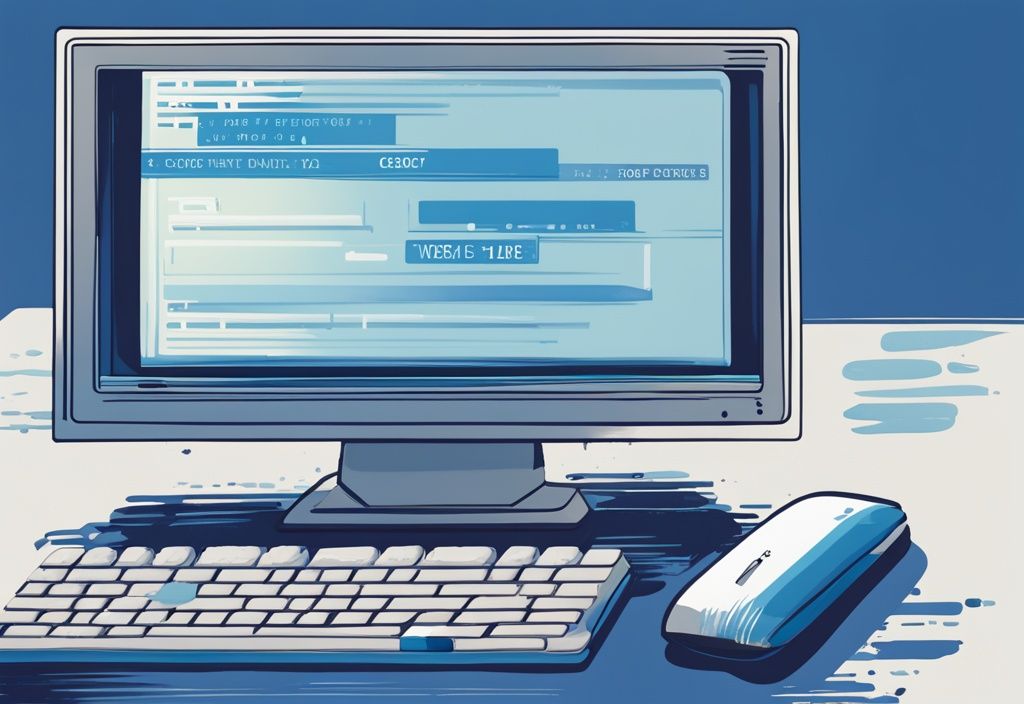
Proper Installation and Wiring
Installation might sound like a job for the pros, but understanding the basics can save you a lot of trouble. Follow the piping rules like a recipe—no extra refrigerant, no missing steps. And when it comes to wiring, think of it as the lifeline of your system. Secure and precise connections prevent power hiccups and keep communication between units crystal clear. A solid installation is your first line of defense against the H3 code.
Early Detection and System Performance Monitoring
Keep your eyes peeled for any signs of trouble. Regularly monitoring your system’s performance is like having a sixth sense for AC issues. Catching a problem early means you can fix it before it snowballs into something bigger. This vigilance not only wards off the H3 code but also ensures your system runs like a dream.
Resetting the H3 Code on Mini Split Systems
When your mini split system throws an H3 code, it’s a sign that something’s amiss. Once you’ve tackled the root cause, it’s time to reset the system to clear that pesky error. This ensures your AC can get back to keeping you cool without any annoying error messages. The reset steps can vary by model, but here’s a general guide to help you out:
Clearing the Error Code: A Step-by-Step Guide
- Power Off the System: Start by switching off your mini split completely. You can usually do this with the remote or directly on the unit. Make sure it’s fully powered down before moving on.
- Disconnect the Power Supply: For a deeper reset, unplug the unit or flip the circuit breaker. Give it a few minutes—this lets the system reset itself internally.
- Reconnect the Power Supply: After a short break, plug the unit back in or turn the circuit breaker on. This re-energizes the system, setting it up for a fresh start.
- Power On the System: Use the remote or the unit’s button to turn it back on. If you’ve fixed the underlying issue, the H3 code should be history, and your AC should run smoothly.
- Consult the User Manual: If the error sticks around or you hit any snags, check your model’s user manual. It often has specific instructions for clearing error codes.
By following these steps, you can reset the H3 code on your mini split system, ensuring it runs efficiently and without a hitch. Regular maintenance and quick troubleshooting are your best bets to keep these issues at bay in the future.
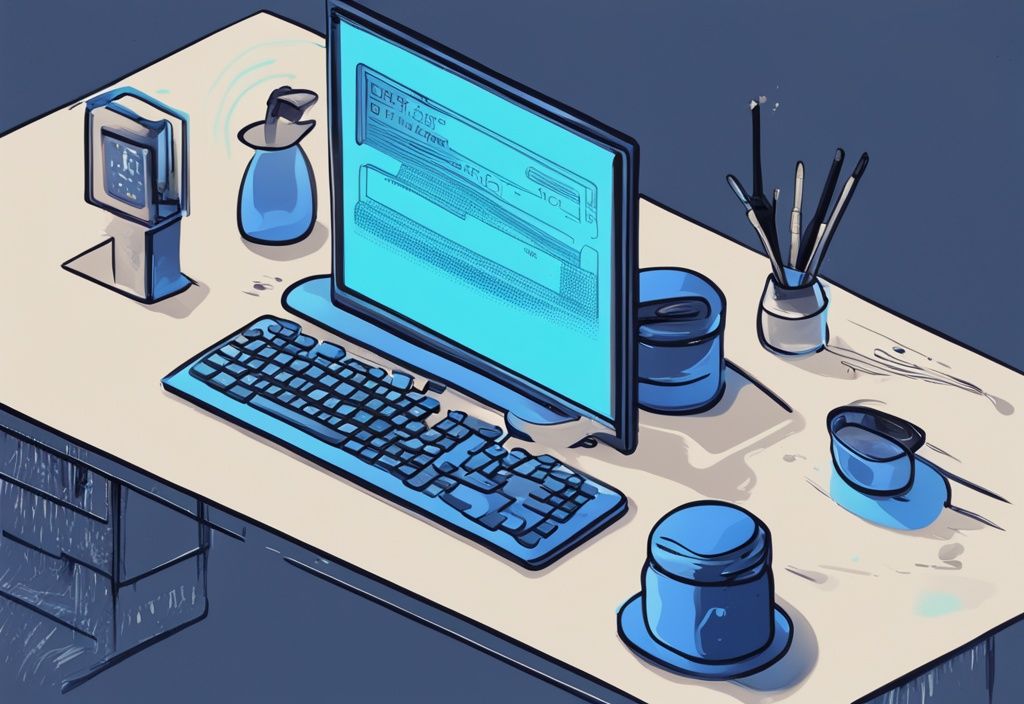
FAQs: Understanding the H3 Code on Mini Split Systems
The H3 code on your mini split system is like a little red flag waving to get your attention. It’s an error code that points to a heating function issue, often tied to the fan motor or overheating. This handy code helps pinpoint the problem, so you can keep your system running smoothly.
What does the H3 code mean?
Think of the H3 code as your system’s way of saying, “Hey, something’s not quite right here!” It’s usually related to the heating function, specifically issues with the fan motor or overheating. Catching this early can save you from bigger headaches down the road.
Can I fix the H3 code issue myself?
Now, I know you’re probably tempted to roll up your sleeves and dive in. And you can certainly start with some basic checks, like ensuring the power supply is steady and giving those filters a good clean. But if things still seem off, it’s wise to call in a pro. They’ll have the tools and know-how to get to the bottom of things.
How often should I perform maintenance to prevent the H3 code?
Regular maintenance is your best friend here. Aim to give your system a once-over at least once a year, following the manufacturer’s guidelines. A little TLC goes a long way in keeping that H3 code at bay and your system humming along happily.
What are the risks of ignoring the H3 code?
Ignoring the H3 code is like ignoring a leaky roof. It might not seem like a big deal at first, but it can lead to more damage and expensive repairs. Plus, it can knock your system’s efficiency and lifespan down a peg. So, it’s best to tackle it head-on.
When should I call a professional for H3 code issues?
If your initial troubleshooting doesn’t do the trick or if you notice any major issues, it’s time to bring in the cavalry—a professional HVAC technician. They’ll ensure a precise diagnosis and a solid fix, so you can rest easy knowing your system is in good hands.
Conclusion
Understanding the H3 code on mini split systems is a game-changer for keeping these units running smoothly and extending their lifespan. Think of this error code as an early alert system, waving a little red flag to warn you of potential hiccups in the heating function. By jumping on the H3 code promptly, you can nip minor issues in the bud before they snowball into major headaches and hefty repair bills.
Now, let me tell you, regular maintenance is your best friend when it comes to dodging the H3 code. Routine check-ups and a good cleaning keep things humming along, cutting down the chances of overheating or getting airflow blockages. And don’t overlook the importance of proper installation and secure wiring! These steps are crucial to sidestep communication and power supply glitches that might trigger that pesky H3 code.
Taking proactive steps, like keeping an eye on how your system is performing and tackling small issues head-on, is key to ensuring your mini split system stays in tip-top shape. By staying alert and responsive to what your system needs, you can keep it running efficiently and reliably, delivering comfort and peace of mind all year round.

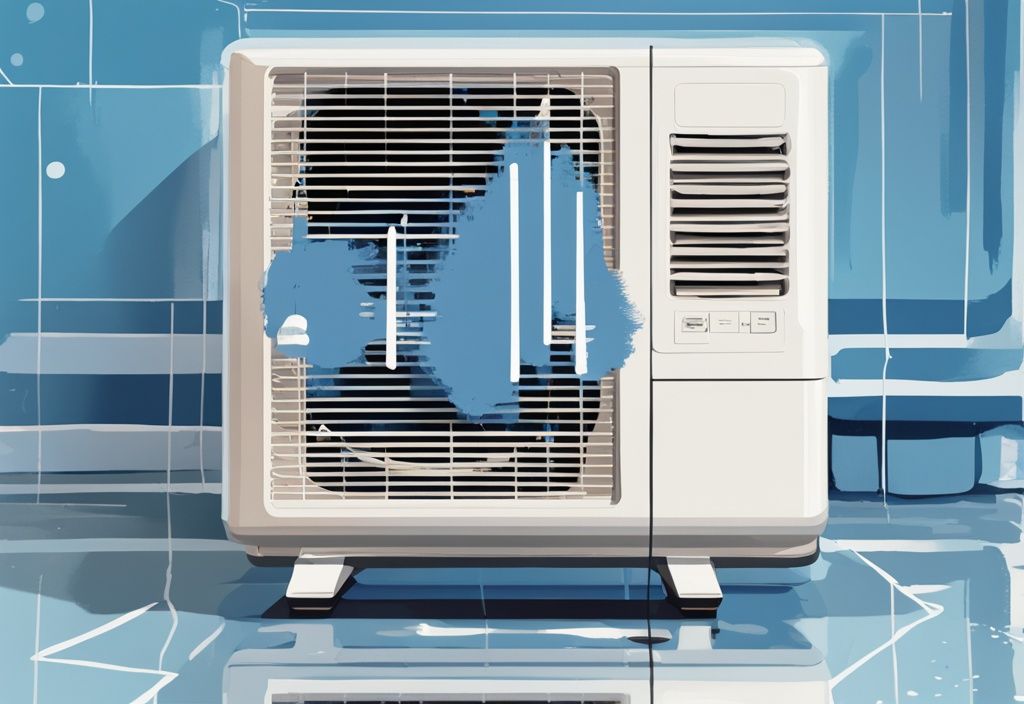
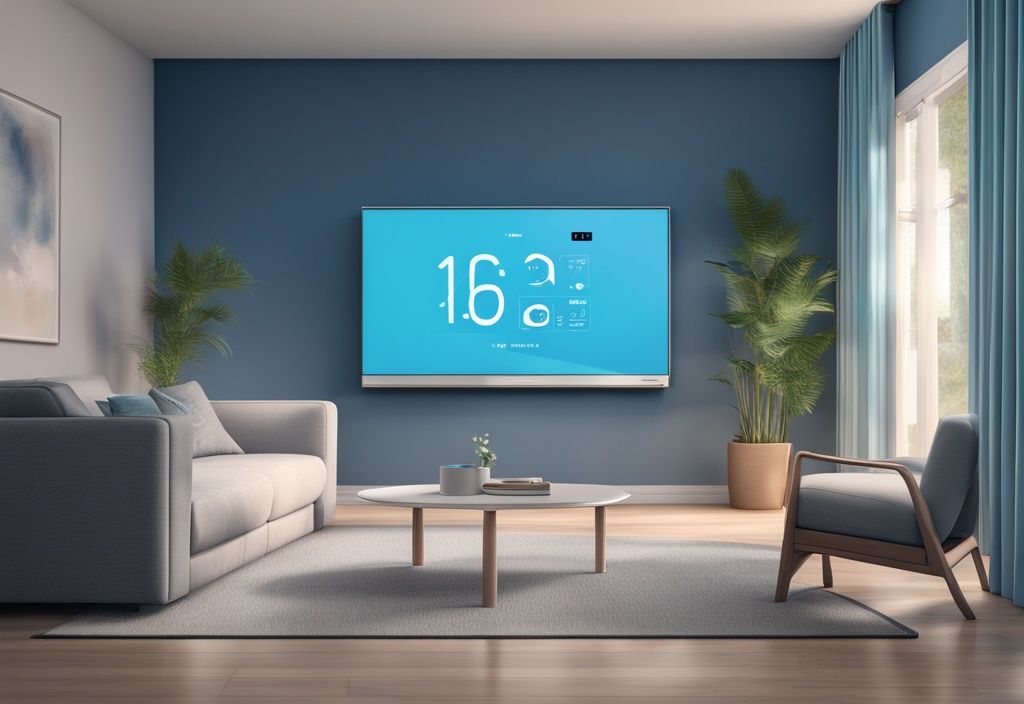
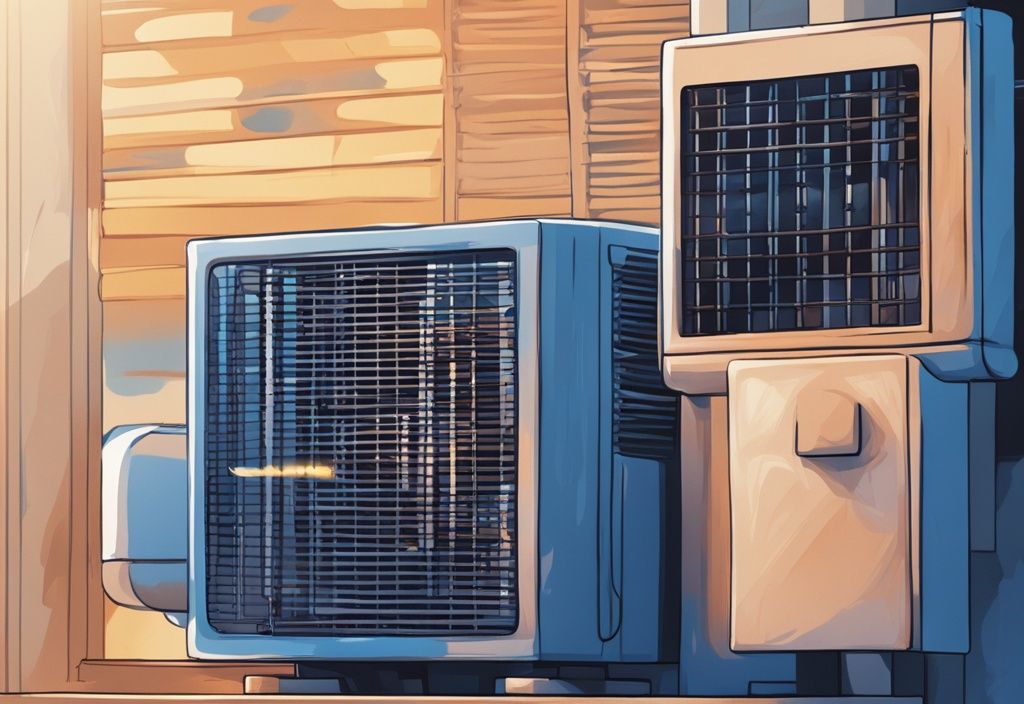
Post Comment